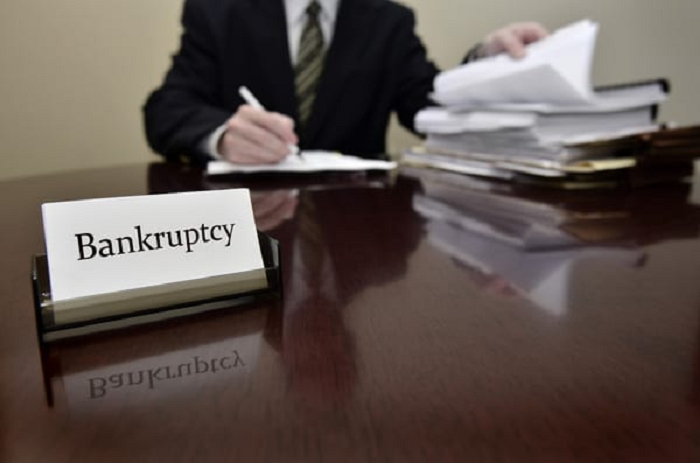
Having a second individual cosign for vehicle finance is becoming a popular option in the UK. As more consumers than ever before struggle with imperfect credit, alternative options for accessing affordable finance are being sought. One of which being to bring in a cosigner – an individual in a better financial position, who’s happy to take joint responsibility for the loan.
You’ll certainly be left flying solo, but does this mean the whole deal will come crashing to the ground?
The Implications of Cosigner Bankruptcy
Mercifully, the answer is no. When a cosigner enters into a financial agreement with the primary borrower, they’re simply there to get things up and running. They’ll be chased by the lender in the event that the primary borrower falls behind on their payments, but once the deal has been agreed, they’re effectively just a ‘silent’ partner in the background.
This is why a bankruptcy on the part of your cosigner should technically have little to no effect on the loan. That is, just as long as you’ve met your repayment obligations to date and continue to do so.
When an individual is declared bankrupt, it becomes difficult (or impossible) for creditors to reclaim monies. Repossession may also be out of the question, as the bankrupt individual may have no assets that are worth taking. Effectively, those who are declared bankrupt have nothing – they’re returned to zero with a clean slate, though with no assets to their name and a fatally damaged credit score.
As a result, your lender will be unable to chase the cosigner for payment, in the event that you fail to meet your repayment obligations. This doesn’t necessarily have any major implications on your loan, but does mean that it is up to you and you alone to settle your debts. In addition, there’s a chance your lender may take a more heavy-handed approach to any future issues encountered.
They may have been quite forgiving with the odd mistake before, but could subsequently take things more seriously in the absence of your initial cosigner.
What If I Can’t Repay the Loan?
Once again, any difficulties encountered after your cosigner is declared bankrupt are yours to deal with a loan. If you find yourself in a position where you’re struggling to repay the loan, you need to contact the lender at the earliest possible juncture. This means getting in touch with them before missing or delaying any payments, rather than waiting until things have already taken a turn for the worst.
Particularly given the situation with your cosigner, the lender will not be oblivious to the fact that ‘forcing’ you to clear your debt really isn’t the way to go. Instead, you may find that they are surprisingly flexible. They may be willing to come to discuss a new repayment agreement – one that involves smaller monthly payments over a longer period time, a temporary payment break or something similar.
In any case, the lender’s priority will be to ensure that they get as much of their money back as possible. The last thing they want is for you to also declare bankruptcy, subsequently leaving them unable to reclaim a penny.
The Bottom Line…
Whether it’s you who’s encountering difficulties or your cosigner, the key to success with personal financial products lies in communication. At the first sign of trouble, avoid the temptation to bury your head in the sand and hope it will go away.
Talk to your lender, explain the situation and discuss a mutually amicable resolution.